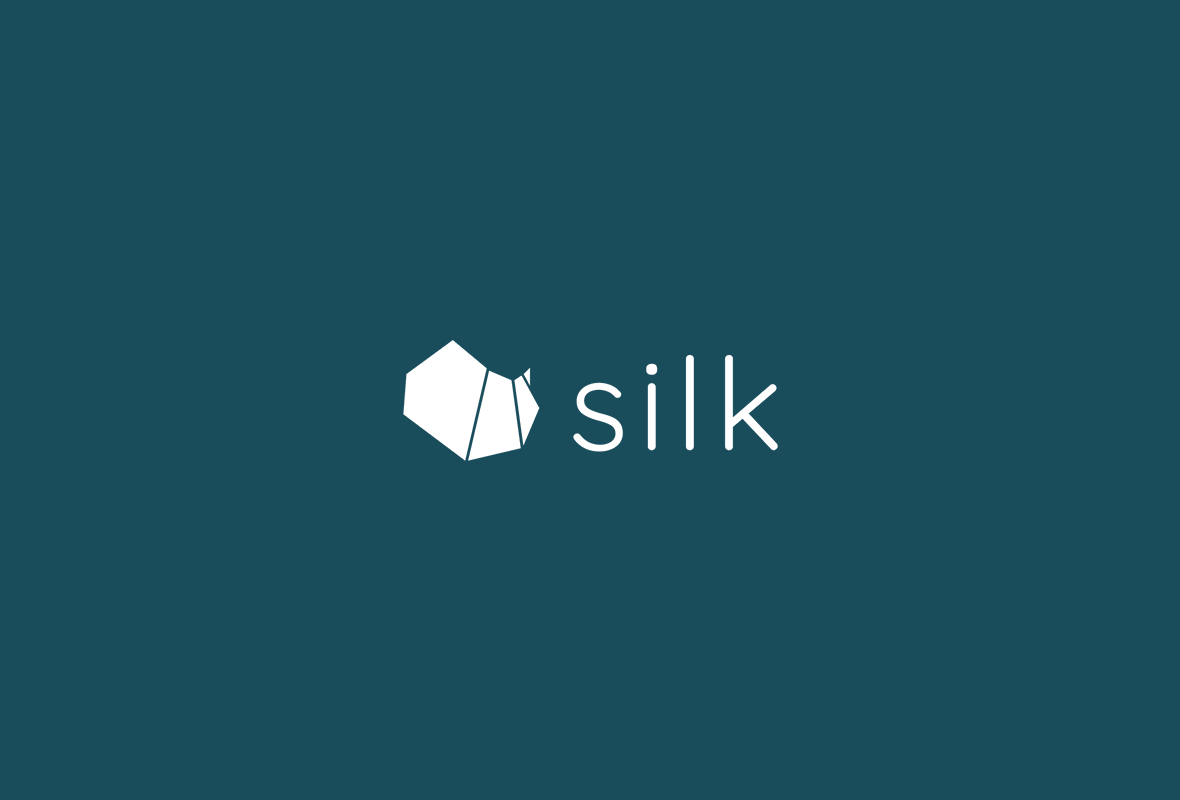From Hosted to SaaS Ecommerce: Why My Ecommerce Agency Chose the High-Growth Solution
![]()

Over the last year, one question has continuously come up –– more so than I had ever been asked it before.
Why do you recommended BigCommerce for online business over any others?
It’s a fair question, and the simple answer is so that I can stay in business and recommend the right solution to the right businesses. I run an ecommerce agency. That’s my job.
But I realize that isn’t enough. People want to get into the details of why anyone chooses one platform over another. After all, like it was for my business, it is a strategic decision all ecommerce agencies and consultants will have to make.
So, let’s start at the beginning.
My Path to Recognizing the Power of SAAS for Large Businesses
Three to four years ago, my company began losing more and more prospects for a reason that seemed out of left field. As a Magento-only agency, we worked with the largest brands and names in the industry. We’d proven ourselves capable of international commerce across both B2B and B2C brands with the likes of Samsung and Pantone, and so many others.
And yet, suddenly, our pipeline was low, and few were converting.
The reason was cost –– but not our own.
Larger organizations had heard of those SaaS ecommerce platforms out there. They had gone on a few trials. And though those platforms may have only offered 60-80% of the functionality of a Magento store, their price points were alluring.
A much shorter time to launch, less complexity and significantly less money meant these organizations could be nimble and spend marketing and advertising dollars to drive adoption, rather than spending those resources on site maintenance and upkeep.
The less costly commerce solutions were beginning to beat out our preferred partner –– and it became clear my business had to shift as a result.
Choosing Between Powerhouse Players
In the SaaS ecommerce world, BigCommerce and Shopify reign supreme. Everyone who is anyone does a side-by-side comparison of the two, and there is enough marketing material out there, much of it pay-to-play on review and comparison sites, to confuse the most digitally savvy among us.
Our choice between the two was rather easy, and it didn’t take very long. BigCommerce’s built-in functionalities, particularly customer groups, won us over near immediately. On Shopify, you can get that same functionality, but it is via a third-party application, and it costs more money.
For us, working with B2B businesses that need to offer long-standing customers custom prices, we knew we’d be working with customer segments on near every single build we had. Having to invest in third-party applications on top of platform cost every single time just didn’t make sense. Shopify –– and Shopify Plus –– were immediately eliminated.
But customer groups isn’t the only reason we chose BigCommerce. The platform as a whole sits in between a Magento build-out and the simplicity of Shopify, which removes so many very necessary features.
Here is why we chose BigCommerce as our recommended SaaS ecommerce solution of choice.
BigCommerce Features Built for Large Brand Growth
We have certain clients for which we are building out very complex B2B solutions on BigCommerce, all of which will be going to market very soon. The extensibility of BigCommerce is a given. APIs and the no-limit catalog make that a reality.
But, here’s a list of other very important B2B features we’re using to migrate merchants over to BigCommerce and get them up and running faster and more cost-effectively than ever before.
ERP Integrations
Being able to leverage BigCommerce’s APIs to connect with endless numbers of ERP systems was crucial. On BigCommerce, if needed, you could sync your 25,000 product inventory from your ERP in 60 seconds. On other platforms, like Shopify Plus, this would take upward of two hours given the 10 API calls per second limit.
BigCommerce has no such limit, making it ceiling-less in terms of API calls.
Keep in mind, we tend to do a full integration in the ERP system with BigCommerce, which means we need to pull out all sorts of information, including customers and order data, then sync that information between BigCommerce and the ERP system. It’s a fairly deep level of integration –– and it works very well.
Metafields API
The real X-factor with BigCommerce is the Metafields API. This allows us to communicate with an external database to store information outside of just the backend of BigCommerce.
We were thinking about just spinning up another server to do that. Now, we don’t have to because the platform allows us to use the Metafield API to grab information, and then to create relationships between the customer groups and the pricing and the users.
The Metafields also allow us to add more fields that weren’t previously available. We can use JavaScript to serve data that wouldn’t normally be available within the standard BigCommerce feature suite in the backend, which is a very Magento-like feature in that we’re able to start a new layer of customization that we previously weren’t.
That’s another great thing about SaaS. We were planning to address this regardless, but the platform just beat us to it –– which is a good thing in the end!
Site Design And Development Environment
Before we partnered with BigCommerce, the platform used a design and development framework called Blueprint. Those days are just simply no more. We’ve been working exclusively on Stencil the vast majority of our time with the platform. And from my perspective, it can do pretty much everything that we want it to.
In fact, we found that compared to some other platforms, the learning curve for Stencil is radically shorter. Any starting developer needs only a couple days training to be productive on Stencil, which is incredible for a solutions provider like us.
Also, the overall development time you’re looking at to create a theme from the ground up (which we tend to do more often than not) is significantly shorter compared to other platforms.
For me, those items give Stencil an advantage in the marketplace. And then, for employees at the brands themselves, admin users who want to focus more on marketing and merchandising can do so without having to touch code making it all incredibly user friendly.
At the end of day, our customer wants to focus on the marketing side, and not too much on the development. Stencil is a good tool to facilitate that goal.
The BigCommerce Sales And Support Teams
Working with BigCommerce sales team is a collaborative process when it comes to engaging the client and as far as accountability is concerned. Every prospect is a joint point of accountability and collaboration from a solutions engineering standpoint.
We know who to reach out to about demos or about pricing. In fact, BigCommerce has given us the opportunity to become one of the very first demo certified partners. That’s huge! It gives us the autonomy to educate prospects and do show and tells across the board as needed.
BigCommerce is Our Best-in-Breed
Overall, we very much appreciate all the effort that BigCommerce has put in to ramp us up as an Elite partner over the past two years. We’ve put in a lot of work, too, but it’s been very, very much a mutual relationship.
We’ve recently launched an ecommerce brand with both overarching corporate and individual franchisees on the platform. Those franchises are incentivized within the local shops to push people to the online site using purchase zip codes to keep track of all activity within the system.
That’s a tricky concept and task –– and the BigCommerce platform bent to our will to make it happen. There’s little you can’t put to the test against it, and that’s why we call them best-in-breed.
